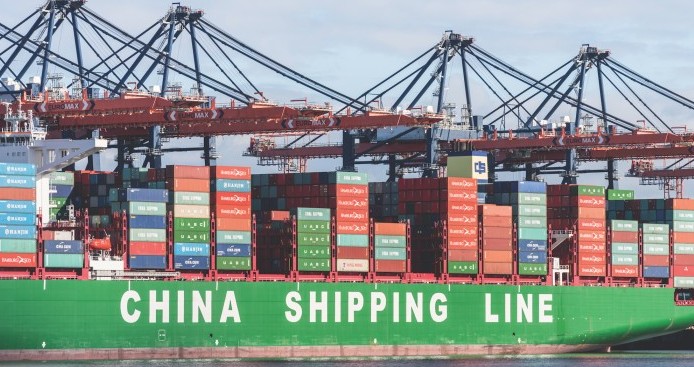Global pork demand rebounded following Covid-19 disruption in most geographies, yet supply remains constrained in many Asian markets, senior analyst of animal protein Rabobank, Christine McCracken has reported.
The imbalance continues to support strong export demand from the rest of the world, resulting in sharply higher pork values.
The enormous Chinese pork imports and double-digit increases in shipments to other Asian nations hit hard by African swine fever (ASF) have sustained the global pork industry since 2019, said Ms McCracken.
“Stronger Asian demand has been extraordinarily timely as it helped to offset lost domestic demand and weaker exports due to Covid-19. With this shift, China now accounts for over 40% of global pork imports, over four times larger than its nearest competitor,” she added
As China restores its domestic hog production and gradually weans itself off the global market, however, she warned that exporters may struggle to find alternative markets for these volumes.
Globally, processors’ ability to respond to export demands remains constrained by availability of labour, which is limiting packer capacity and efficiency, while in Europe, new ASF outbreaks add further limitations.
Additionally, hog producers face a challenging outlook, given rising feed costs, weaker economic trends, and slower export growth as China rebuilds its domestic hog supply.
“Since its initial ASF outbreak in 2018, China has moved aggressively to re-establish local supplies, and it’s already seeing a rebound in domestic availability. Chinese pork production is expected to normalize by 2024, which will leave a global supply overhang,” McCracken added.




